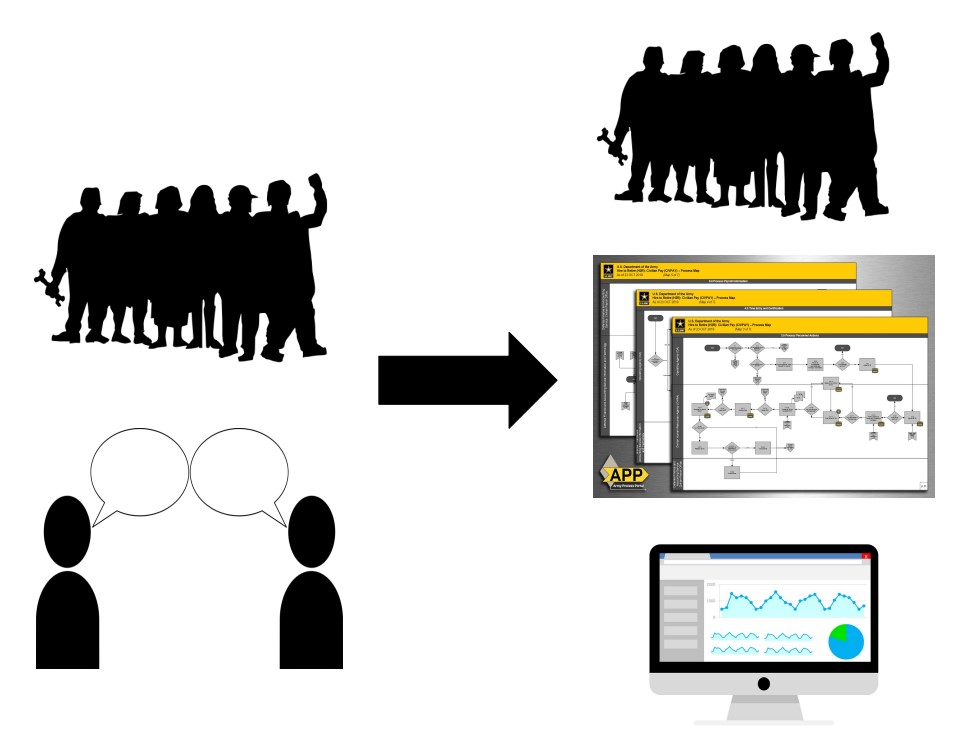In the nascent stages of a startup, the allure of a well-known brand is absent. Owners often struggle with attracting top-tier talent, due to less competitive wages and lesser brand pull compared to established companies. The few who do join, believe in the vision and foresee their involvement as a potential long-term investment. After all, who wouldn’t wish they had joined the likes of Amazon or Facebook during their inception?
However, the early days bring challenges. Processes are often fluid, and the absence of strong data-collection systems can lead to vital company knowledge being confined to employees’ minds. Startups can inadvertently shape a culture based on the collective personalities of the core team. For instance, if a key employee leans towards an informal work approach, newcomers may adopt the same, creating a cycle of informality and a lack of documentation.
Such a cycle can hinder scalability. A lack of clear processes and documentation hampers transparency and managerial control. This underscores the importance of transitioning from reliance on individual contributions to the establishment of solid processes and a formidable IT infrastructure.
To initiate this shift:
- Simplify and Standardize: Prioritize defining processes before diving into IT infrastructure. Mapping current and desired processes and establishing standard operating procedures can be challenging, and some resistance is expected. Engaging a Business Process Consultant can be beneficial.
- Induction and Training: Once processes are refined, a robust induction plan ensures new members adapt swiftly. Engage employees resistant to change, understanding their concerns, and demonstrate the advantages of structured processes. In rare cases, more stringent measures might be necessary.
- Establishing an IT Foundation: As culture becomes more process-driven, integrating an IT system to collect and analyze data becomes paramount. Ensure your IT system resonates with your processes, capturing every essential data point.
- Management Dashboards: With reliable data, dashboards can be a game-changer, offering insights into projects, identifying bottlenecks, and ensuring timely task completion. The benefits are manifold: quicker onboarding, reduced attrition costs, enhanced transparency, and better financial health.
Remember, while digital transformation is a competitive edge, the human element is irreplaceable. An ideal organization values both its IT infrastructure and its people, balancing formal systems with a nurturing work culture.
Final Thoughts: No system is perfect. Dashboards, while insightful, need careful interpretation. Leadership must foster open dialogue, encouraging employee feedback on processes, and ensuring a friendly work environment. Regular team activities can further cement bonds. But with growth comes responsibility. Non-performers should be identified and guided, ensuring that while the company remains employee-centric, it’s also future-proofed for success and profitability.
